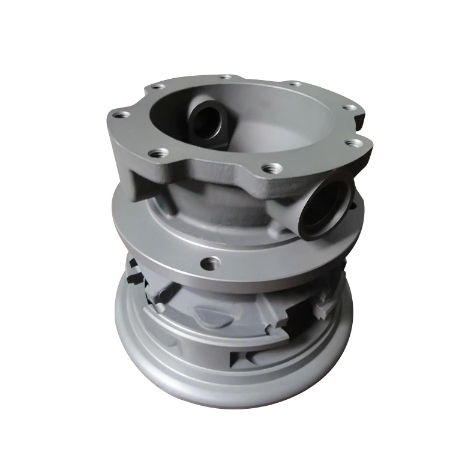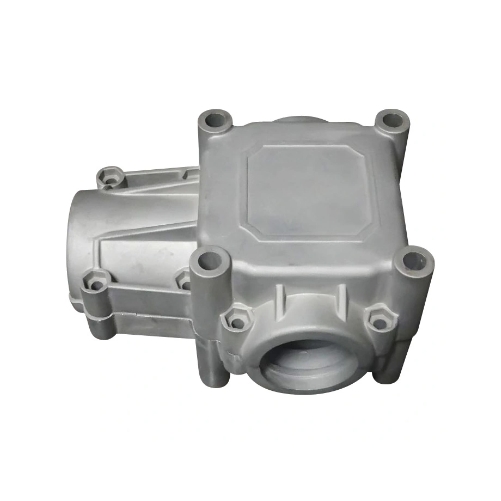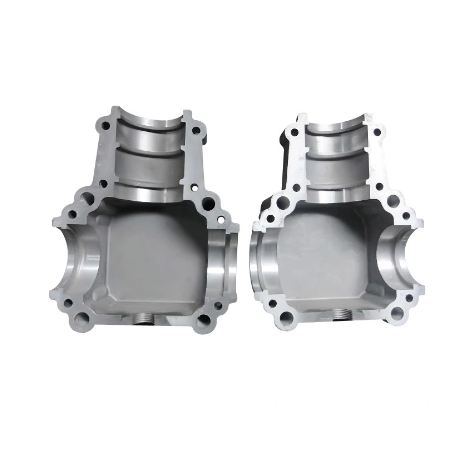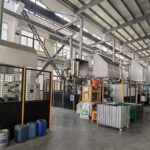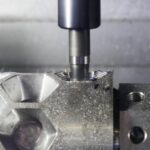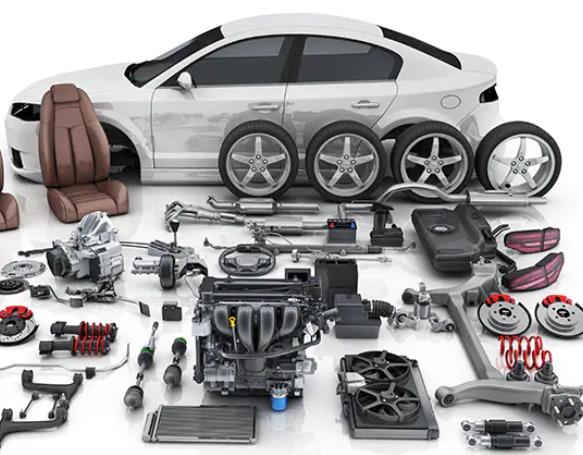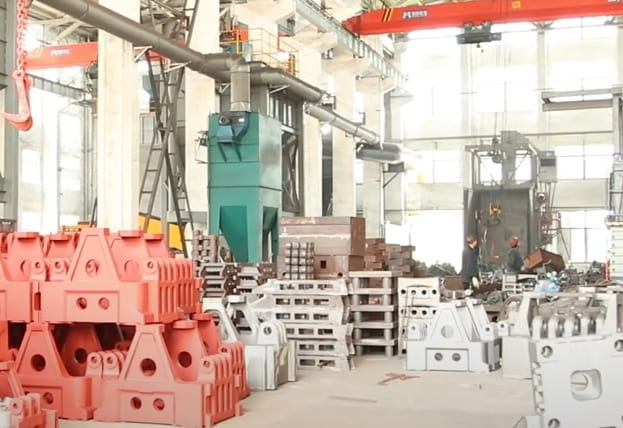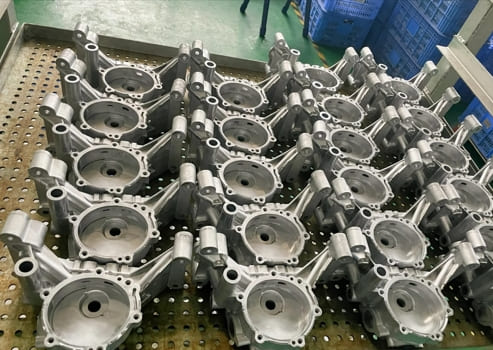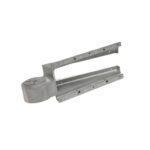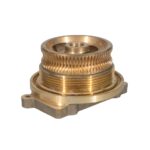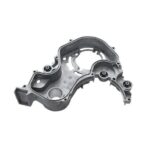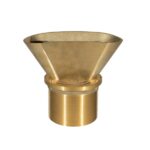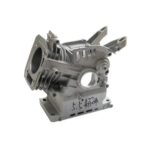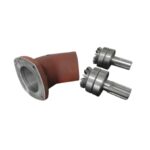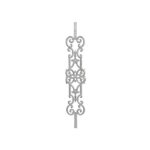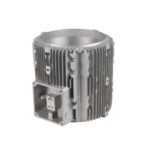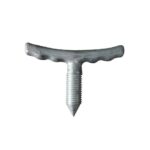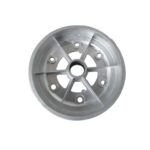When it comes to die casting, both magnesium and aluminum are popular materials, each offering distinct benefits and characteristics.
Both are lightweight metals, but they differ in terms of strength, durability, heat resistance, and application suitability.
Understanding the differences between die-cast magnesium and aluminum is essential for selecting the right material for your project, whether it’s in the automotive, aerospace, or consumer electronics industry.
In this article, we will compare die-cast magnesium and aluminum in detail, exploring their strengths, limitations, and common applications to help you make an informed choice.

Why Use Magnesium and Aluminum in Die Casting?
Die casting is a manufacturing process where molten metal is injected into a mold to create complex, high-precision parts.
Both magnesium and aluminum are widely used in die casting because they are lightweight, easy to cast, and provide excellent dimensional stability.
However, the choice between the two metals depends on specific performance criteria and cost considerations.
Common Benefits of Magnesium and Aluminum in Die Casting:
- Lightweight: Both materials are much lighter than steel or iron, contributing to energy efficiency, particularly in the automotive and aerospace sectors.
- Corrosion Resistance: While aluminum naturally forms an oxide layer that prevents corrosion, magnesium alloys are treated to resist corrosion.
- High Precision: Both metals can be cast into intricate, precise shapes, making them ideal for high-volume production.
| Material | Key Benefits | Common Industries |
|---|---|---|
| Magnesium | Ultra-lightweight, high stiffness-to-weight ratio | Automotive, electronics |
| Aluminum | Strong, excellent thermal conductivity | Aerospace, automotive, construction |
Searching for High-Quality for Cast Aluminum Parts?
You’ve come to the right place! Yongzhu Casting is a certified die casting manufacturer with over 20 years of expertise in the industry.
We have successfully completed numerous die casting projects for Aluminum casting parts, particularly in your industry.
Design Review & DFM Support
Our professionals will evaluate your designs and provide suggestions for cost savings.
Additionally, we offer Design for Manufacturing (DFM) assistance and conduct mold flow analyses to facilitate efficient production.
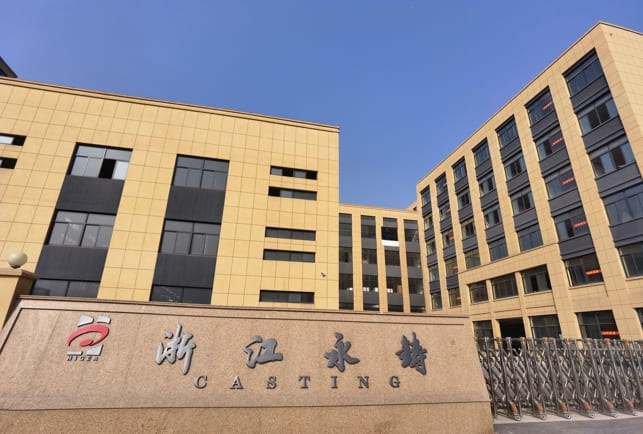
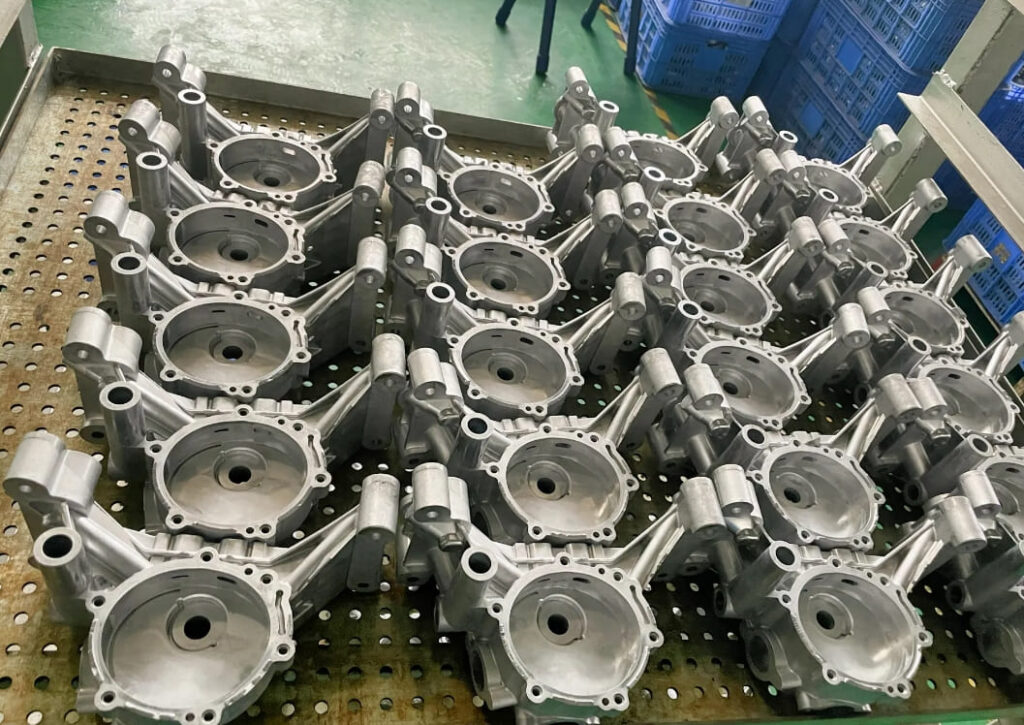
State-of-the-Art Manufacturing Equipment
Our facility is equipped with advanced hot-chamber and cold-chamber die casting machinery for aluminum and zinc production.
We also utilize high-precision CNC machines in a temperature-controlled workshop, featuring 3-Axis, 4-Axis, 5-Axis, and 7-Axis setups to manage any project you have.
Rigorous Quality Control Measures
Our dedicated quality control team ensures that all parts meet the highest standards of quality and consistency.
We employ high-accuracy measurement instruments, including CMM, spectrometers, and X-ray detectors.
Comprehensive Surface Treatment Options
We provide a variety of surface finishing techniques for your precision die casting components. Our in-house services include cleaning, polishing, anodizing, shot blasting, and painting.
Flexible Project Acceptance
While larger manufacturers often shy away from low-volume projects, and smaller ones may struggle with quality, Yongzhu Casting stands apart.
We prioritize customer satisfaction and willingly accept high-mix, low-volume projects like yours.

Differences Between Die-Cast Magnesium and Aluminum
1. Weight and Density
Magnesium is the lightest structural metal, with a density of 1.74 g/cm³, making it about 33% lighter than aluminum, which has a density of 2.7 g/cm³.
This makes magnesium particularly valuable in weight-sensitive applications such as automotive components where every gram matters for fuel efficiency.
| Property | Magnesium | Aluminum |
|---|---|---|
| Density | 1.74 g/cm³ | 2.7 g/cm³ |
| Weight | 33% lighter than aluminum | Heavier than magnesium |
2. Strength and Durability
Aluminum generally has higher tensile strength than magnesium.
For example, aluminum alloys like A380 have tensile strengths of up to 310 MPa, whereas magnesium alloys like AZ91D offer tensile strengths around 230 MPa.
This makes aluminum better suited for parts that experience high loads or stress, such as structural components in aircraft and vehicles.
3. Thermal Conductivity
Aluminum offers superior thermal conductivity, approximately 205 W/m·K compared to magnesium’s 96 W/m·K.
This makes aluminum more suitable for applications requiring efficient heat dissipation, such as heat sinks or automotive engine parts.
Magnesium, while offering some thermal conductivity, is often chosen for lightweight applications where heat management is less critical.
| Property | Magnesium | Aluminum |
|---|---|---|
| Tensile Strength | ~230 MPa | ~310 MPa |
| Thermal Conductivity | 96 W/m·K | 205 W/m·K |
4. Corrosion Resistance
Aluminum naturally forms a protective oxide layer that gives it better inherent corrosion resistance.
Magnesium, on the other hand, is prone to corrosion in its raw state but can be treated with coatings or anodization to enhance its resistance.
As a result, aluminum is often used in outdoor applications, while magnesium is used in less corrosive environments unless treated.
5. Cost
Magnesium tends to be more expensive than aluminum, both in terms of material cost and the casting process.
Magnesium die casting also typically requires more precise temperature control during the process, which can increase production costs.
For projects where cost-efficiency is critical, aluminum may be the preferred option.
| Factor | Magnesium | Aluminum |
|---|---|---|
| Corrosion Resistance | Requires coatings or treatments | Naturally corrosion resistant |
| Cost | More expensive | More cost-effective |
Applications of Die-Cast Magnesium vs Aluminum
1. Automotive Industry
Both magnesium and aluminum are widely used in the automotive sector due to their lightweight properties.
Magnesium is favored for parts like steering wheels, brackets, and gearbox components where weight reduction is a priority.
Aluminum, with its superior strength and heat resistance, is often used in engine blocks, wheels, and chassis components that require both durability and thermal performance.
2. Aerospace
In aerospace applications, weight savings are critical for improving fuel efficiency.
While aluminum is commonly used in structural components like aircraft frames and landing gear, magnesium is utilized in interior components like seats and brackets to reduce overall weight.

3. Consumer Electronics
Magnesium’s lightweight nature and ability to dissipate heat make it popular in the consumer electronics sector for use in laptop casings, camera bodies, and mobile phones.
Aluminum is also used in electronics but tends to be applied to products requiring greater strength or heat dissipation, such as tablet frames or laptop heat sinks.
| Industry | Magnesium Applications | Aluminum Applications |
|---|---|---|
| Automotive | Steering wheels, brackets | Engine blocks, wheels, chassis |
| Aerospace | Seat frames, interior brackets | Aircraft frames, landing gear |
| Electronics | Laptop casings, camera bodies | Tablet frames, heat sinks |
Environmental Considerations
Both magnesium and aluminum are recyclable, which helps reduce their environmental footprint.
However, the energy consumption required to extract and process aluminum is higher than for magnesium.
Magnesium’s lighter weight also helps reduce fuel consumption in transportation, which can contribute to lower carbon emissions over the product’s lifecycle.
Conclusion
Choosing between die-cast magnesium and aluminum depends on the specific requirements of the application.
Magnesium offers superior weight savings, making it ideal for applications where weight reduction is a priority.
On the other hand, aluminum provides greater strength, better heat resistance, and cost-efficiency, making it suitable for more demanding structural and thermal applications.
